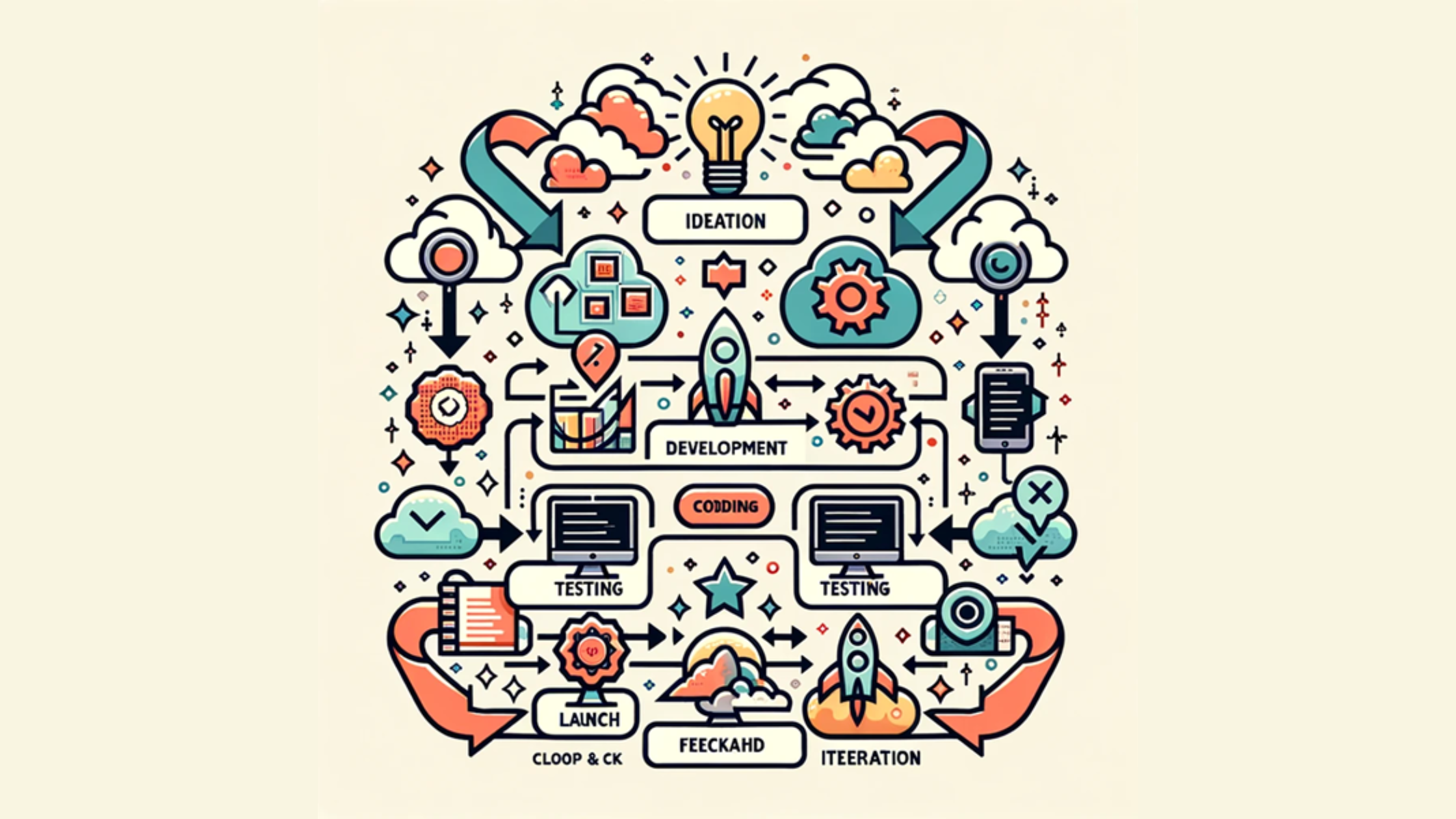MODIFIED ON: April 18, 2024 / ALIGNMINDS TECHNOLOGIES / 0 COMMENTS

Did you know that 70% of the big organizations, according to McKinsey, are using in-house digital products to stay ahead?Cool, right?
In the fast-paced realm of technology, where advancements occur at the speed of light, the demand for a digital product development agency is skyrocketing as everything becomes digitized.
According to the survey, ‘the expected increase in investment for digital product development is set to supercharge overall efficiency, with an impressive average gain of 19% over the next five years, concurrently leading to a drop in production costs by about 13%.’ This outcome is, without a doubt, praiseworthy.
Thus, the integration of innovative, user-centric digital products is a key factor in achieving success. And, don’t sweat it, diving into something new can be a bit nerve-wracking, especially when the cash flow is tight and resources are hard to come by.
Join us and discover the deets that will empower you to create products that not only survive but thrive in the fast lane of 2024.
Definition of Digital Product Development

Digital product development refers to the process of creating intangible goods that exist in a digital format, exclusively accessible and distributable online. It’s the key to putting your brand on the digital ecosystem. These products encompass a wide range, from software applications and mobile apps to e-books, music, online courses, and digital artwork.
Unlike physical products, digital products are intangible and can only be experienced through digital devices. The digital product strategy involves ideation, market research, design, coding, testing, and deployment. Digital product developers focus on user experience, functionality, and often iterative improvement through updates.
Digital Product examples include,
Mindfulness is a big deal these days, and Headspace totally nails it. This app is like a meditation buddy that’s all about making your mind stronger. It’s not just good for us users; it’s also a goldmine of ideas for product design. Headspace stands out because it’s all about snappy voice clips, not the usual text or images.
Google Pay, or Tez as it was known initially, made a splash when it was launched in India. Sending money crazy fast via your phone in under 5 minutes blew everyone’s mind. To get noticed, Google Pay added a fun gamification aspect to reward users.
Netflix is the ultimate boredom buster. With millions of shows and movies, they make sure you’re entertained after a long, exhausting day. They mix things up to suit your taste and keep you glued to the screen.
Through continuous iteration and feedback, digital product strategy ensures products remain relevant, user-friendly, and aligned with evolving technological trends, fostering innovation and competitiveness in today’s dynamic market landscape.
Digital Product Development Framework

Here, we will discuss the stages involved in the development of Digital Product.
Ideation & Conceptualization: In the initial phase, creative brainstorming shapes ideas for a digital product, with only 10% achieving success and delivering value to users. Conceptualization refines these ideas into a solid plan, aligning with market needs and business goals.
Design and Prototyping: Following successful ideation, the focus shifts to designing the digital product – the way it looks, feels, and dazzles. Prototyping is the first look, a visual introduction to UI/UX, featuring a basic design with limited functionality, aiming to hook investors or gather some early user thoughts.
Development: Developers use the specifications from the design phase to build the product, ensuring it meets technical requirements, is scalable, and aligns with the intended functionality. Developers craft the app’s code, creating features like product listings, search, and secure payment processing for both user interaction and behind-the-scenes operations.
Testing and Quality Assurance: Rigorous testing is conducted to identify and rectify any bugs or issues within the digital product. Compatibility with various devices and operating systems is verified to ensure a seamless user experience. Quality assurance processes guarantee that the product meets the defined standards.
Deployment: After successful testing and quality assurance, the digital product is deployed for public use. Deployment involves making the product accessible to users, whether through app stores, websites, or other distribution channels, marking the transition from development to the active user environment.
Continuous Improvement through Iteration: Think of iterative development as sculpting your project. Start with the basics, then focus on details. This method ensures efficient development by avoiding unnecessary perfection of minor design elements that might change. Startups and inventors favor this approach to create better products with each iteration, guided by user feedback for ongoing improvement.
Wrapping Up Your Digital Journey with AlignMinds in 2024!
In the fast-evolving landscape of digital product development in 2024, success hinges on strategic partnerships.
AlignMinds emerges as the beacon of excellence, steering the course with unrivaled product engineering prowess. As we navigate the future, entrusting your digital endeavors to AlignMinds ensures not just products, but a transformative journey. In this dynamic era, collaboration with the best isn’t just a choice, it’s a necessity, and AlignMinds stands as the best digital product development agency, pointing towards unparalleled success in the vast digital world.
Leave a reply
Your email address will not be published.
-
Recent Posts
- The Role of AI in Business Growth: Top Trends for 2025 and Beyond
- The Evolution of Voice Search in AI: What’s Next for 2025?
- How to Hire an AI Developer: A Complete Guide 2025
- Top 10 Android App Development Trends in 2025
- Top Trends in Product Modernization for 2025 and Beyond
-
Categories
- MVP Development (5)
- AlignMinds (56)
- Operating Systems (1)
- Android POS (3)
- Application Hosting (1)
- Artificial Intelligence (49)
- Big Data (2)
- Blockchain (1)
- Cloud Application Development (8)
- Software Development (39)
- Software Testing (9)
- Strategy & User Experience Design (4)
- Web Application Development (28)
- Cyber Security (6)
- Outsourcing (7)
- Programming Languages (3)
- DevOps (5)
- Software Designing (6)
- How to Code (4)
- Internet of Things (1)
- Machine Learning (2)
- Mobile App Marketing (5)
- Mobile Application Development (25)
- Mobile Applications (11)







